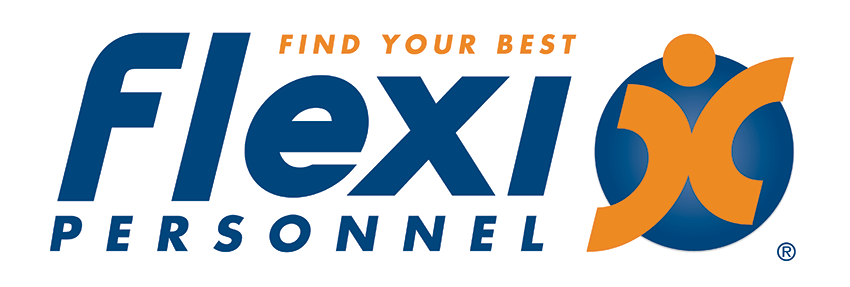
How companies can best manage employee stress
Most employers want to get the most out of their employees, reduce turnover rate, increase employee retention and develop a high functioning and motivated team. Reducing employee stress is a key step in improving the productivity in your employees. By 2020, depression will rank second only to heart disease as the leading cause of disability world-wide, according to Harvard public health professors Christopher Murray and Alan Lopez. According to Michelle Chance, author of the article: how to manage stress in the workplace, the main contributors of employee stress are:
- The demands made on employees
- The level of control workers have over how they carry out their duties
- The support staff receive from their managers
- The clarity of an employee’s role in their organisation
- The nature of relationships at work
If you are looking to reduce employee stress in your workplace, here are some suggestions:
- Employees should feel valued by the business
It’s incredibly important that employees are acknowledged for their efforts and understand how the work they do contributes to the business achieving its goals. One of the best ways to do this is to communicate with your employees. At Flexi, we send our business progress versus goals in report format to our employees each month and acknowledge both employee performance and tenure regularly. If your employees feel that they are valued, it will have a significant impact on their stress levels.
- Promote flexibility
Another key factor in reducing employee stress, states Michelle Chance, writing for HR Magazine, is to make sure that jobs are well designed and flexible. This might mean incorporating later starting times, work-from-home days, job sharing or considering part time options for employees. The approach to workplace change is also important, states Chance: ‘Managers should inform and consult employees on changes that are likely to affect them before they take place and encourage them to ask questions before, during and after workplace change so that they feel involved, buy into it and feel that their opinions are valued and respected.’
- Walk the Talk
The leadership team need to model a healthy lifestyle so that staff feel comfortable following suit. This means taking their entitlement of holiday leave, taking lunch breaks and practising flexible working hours.
- Introduce wellness schemes into the business
At Flexi, we recently worked with Sally Cumming from Engage Health on a range of mindfulness sessions as part of Health and Safety month during October. The sessions are aimed at improving mental health and resilience in the workplace. Demonstrating the importance of wellness within the business, employees will be more likely to follow suit.
- Introduce Employee Assistance Programs
An employee assistance program (EAP) is an employee benefit program that assists employees with personal problems and/or work-related problems that may impact their job performance, health, mental and emotional well-being.
If you would like support to help manage employee stress in your business, or you would like to hear more about the Mental Health, Resilience and Injury Prevention Programs, speak with the HR Consulting team at Flexi Personnel.





